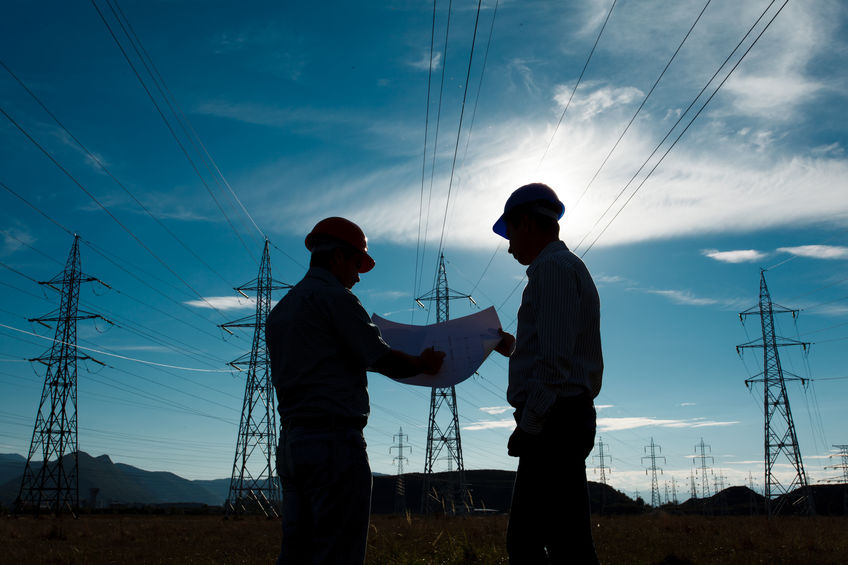During his State of the Union Address, President Biden blamed high U.S. energy prices on greedy oil companies despite as former presidential candidate Biden having virtually pledged to put them out of business.
During a Democratic primary debate with Sen. Bernie Sanders, Biden said, “No more subsidies for the fossil fuel industry. No more drilling on federal lands. No more drilling, including offshore. No ability for the oil industry to continue to drill — period, [it] ends, number one,” later adding, “No more, no new fracking.”
Joe has largely kept his promise, evidenced by an aggressive war against fossil energy which has included banning of the Keystone XL pipeline along with myriad other executive orders placing regulatory restrictions on drilling.
It is perhaps forgivable then, that Republican attendees loudly groaned at his ironic SOTU temerity when Biden said, “When I talked to a couple of [companies], they said, ‘We are afraid you are going to shut down all the oil refineries anyway, so why should we invest in them?’ We are going to need oil for at least another decade.”
No, we are going to need oil — and natural gas — for many decades, most likely centuries, because there is no current replacement source capable of fulfilling a huge supply gap.
Those who believe in the existence of adequate non-fossil alternatives essential to achieve a “carbon-neutral” U.S. — much less global — energy balance anytime soon, or at any cost, are dreadfully misguided.
First, for some much needed proportional perspective, consider that more than 80% of total world energy (not just citing electricity) comes from hydrocarbons, while much-touted wind and solar account for about 2% and 1% respectively.
Hydropower and nuclear combined add about another 11%, with just over 4% of primary energy from nuclear which faces cutbacks with about 25% of existing capacity in advanced economies expected to be shut down by 2025.
Bear in mind that it requires lots of that primary energy — again not just electricity — to produce all those solar panels and construct those giant fields of wind turbines.
Materials must be excavated by heavy machinery, transported to production facilities, melted and fabricated into parts, and then delivered to the installation site and constructed.
According to Mark Mills at the Manhattan Institute, constructing and replacing each wind farm is estimated to consume about 30,000 tons of iron ore, 50,000 tons of concrete, and 900 tons of plastics for the huge blades.
They are also short on longevity and long on maintenance. Many of those already installed are reaching their 15-20-year end of life to become enormous forests of costly junk.
A solar plant with enough output to supply about 75,000 homes would require half again more tonnage in cement, steel, and glass.
Then, since wind and solar are intermittent and weather dependent, humungous amounts more of rare earth materials will be required for batteries to provide power on demand when needed … most of it to be purchased and transported from China (lithium) and the Congo (cobalt) which provide more than 80% of the world supply.
Yes, and don’t forget those “clean” electric vehicles (EVs) that are supposed to replace gasoline varieties. They need batteries too…really big ones.
Each Tesla-class battery requires mining, moving, and processing more than 500,000 pounds of materials: 20 times more than the 25,000 pounds of petroleum that a typical internal combustion engine uses over the life of a car.
Mark Mills calculates that averaged over a 1,000-pound battery’s life, each mile of driving an EV “consumes” about five pounds of earth moved by hydrocarbon-powered vehicles…a comparable petroleum-fueled vehicle only consumes about 0.2 pounds of liquids per mile.
On top of that, don’t forget that those EVs can’t be recharged by sunbeams at night or cloudy days, nor friendly breezes when the wind isn’t blowing.
So we need also need a “spinning reserve” backup of reliable energy, typically natural gas turbines, to balance out our energy grids second-by-second to make up for intermittency.
This isn’t very efficient — like driving a car in heavy traffic — plus it puts heavy stresses along with enormously increased EV recharging power demands on those already overburdened grids.
And after all, weren’t those so-called “alternative” sources supposed to be environmentally friendly?
Well maybe not so much.
Wind and solar require huge amounts of land and expensive transmission lines to deliver electricity from remote sites to high-demand metropolitan centers (plus power transmission losses).
Nearby landowners are filing numerous “not in my backyard” (NIMBY) lawsuits over wind projects for health concerns, including such symptoms as headaches, nausea, sleeplessness, and ringing in the ears resulting from prolonged exposure to inaudible low “infrasound” frequencies that penetrate walls.
Environmentalists also decry wind turbines as “Cuisinarts in the sky” for bird and bat slaughters.
And there’s nothing clean about many millions of tons of nonrecyclable solar panels and massive worn-out turbine blades that will wind up in landfills along with toxic rare earth elements such as dysprosium.
Meanwhile, as China sells us those rare earths we increasingly depend on, they continue to build the equivalent of about one coal-fired plant per week.
So regarding the whole idea of wind, solar or EVs eliminating “carbon pollution” or climate change, don’t believe it for a moment.
The only thing “green” about any of them will come from pocketbooks of taxpayer subsidies and hiked-up energy costs and other inflation that fall heaviest upon the poorest among us.
This article originally appeared in Newsmax.
An earlier version mistakenly quoted the Manhattan Institute’s Mark Mills on the amount of resources required to construct a wind farm. This makes clear that Mills was talking about 20 turbines, not one. Thanks to our eagle-eyed reader!
